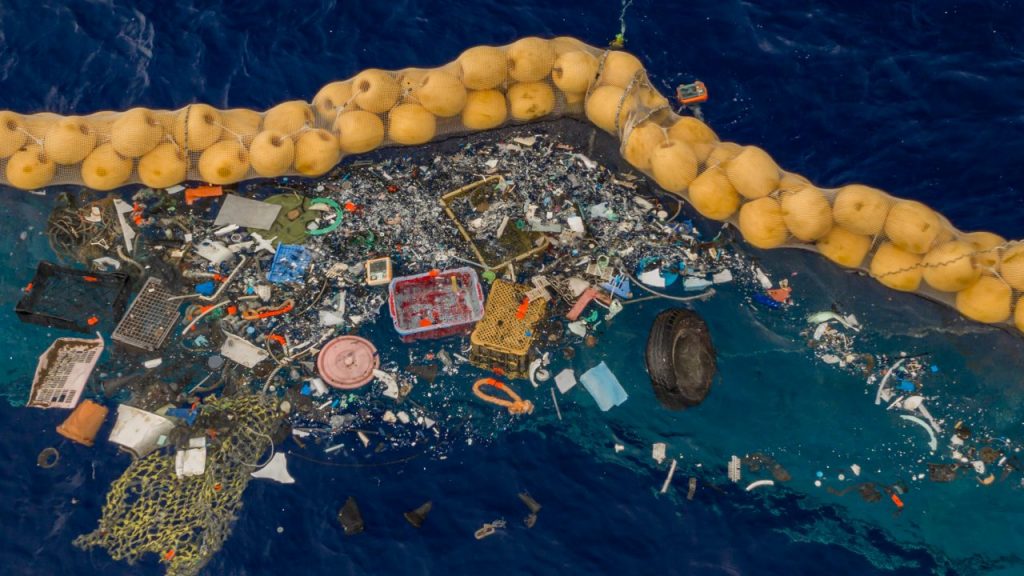Whether you reside in a rural farmland or an urban centre, you are likely to see plastic bags flying around when you leave your house. Some become snagged in street tree branches, while others fly across the road like post-apocalyptic tumbleweeds. Others float through rivers and creeks until they make their way to the ocean. Not only are plastic bags an eyesore, but they have a real negative impact on the broader ecosystem. Plastic bags play a considerable role in the significant environmental disruption. Once in the environment, they make their way into the soil and slowly begin discharging poisonous compounds. Eventually, the plastic bags break down into the soil, and this can have terrible results. For instance, animals consume plastic bags, and this often leads to choking and dying. The earth cannot absorb plastic substances. Every inch of plastic that has ever been produced still exists and will continue to do so for centuries to come. When they make their way to the ecosystem, plastics usually break down into smaller fragments attracting poisonous chemicals and are likely to be consumed by wildlife in the ocean and on land leading to poisoning of our food chain. Our waterways and oceans are filled with small fragments, which currents form in merging zones known as gyres, situated at the heart of the continent’s oceans. The most well-known of these is Great Pacific Garbage Patch. While the concept of a giant scrap of garbage in the sea can be quite unsettling, the reality is more so–a terrestrial soup of little plastic fragments that navigate through the water column with no hope of cleaning up.
We as humans play a significant role in the environmental destruction and health compromise that results from the improper use of plastic bags. The improper use of plastic can have very catastrophic effects. A substance that lasts in the environment for centuries should not be used in short-term applications lasting seconds, minutes, hours, or days. Also, a substance with non-transparent, complex formulations that involve poisonous chemicals should not come into contact with our drinks or food. Plastic pollution does not result from poor disposal; it is more of a problem associated with the poor design combined with throwaway practices that are unsustainable. When you couple that with producer irresponsibility, and the lack of precaution with regards to products toxicity, you get a human health and environmental crisis. In this article, we will explore some of the most significant environmental challenges of our time and how plastic bags contribute to destroying the environment.
